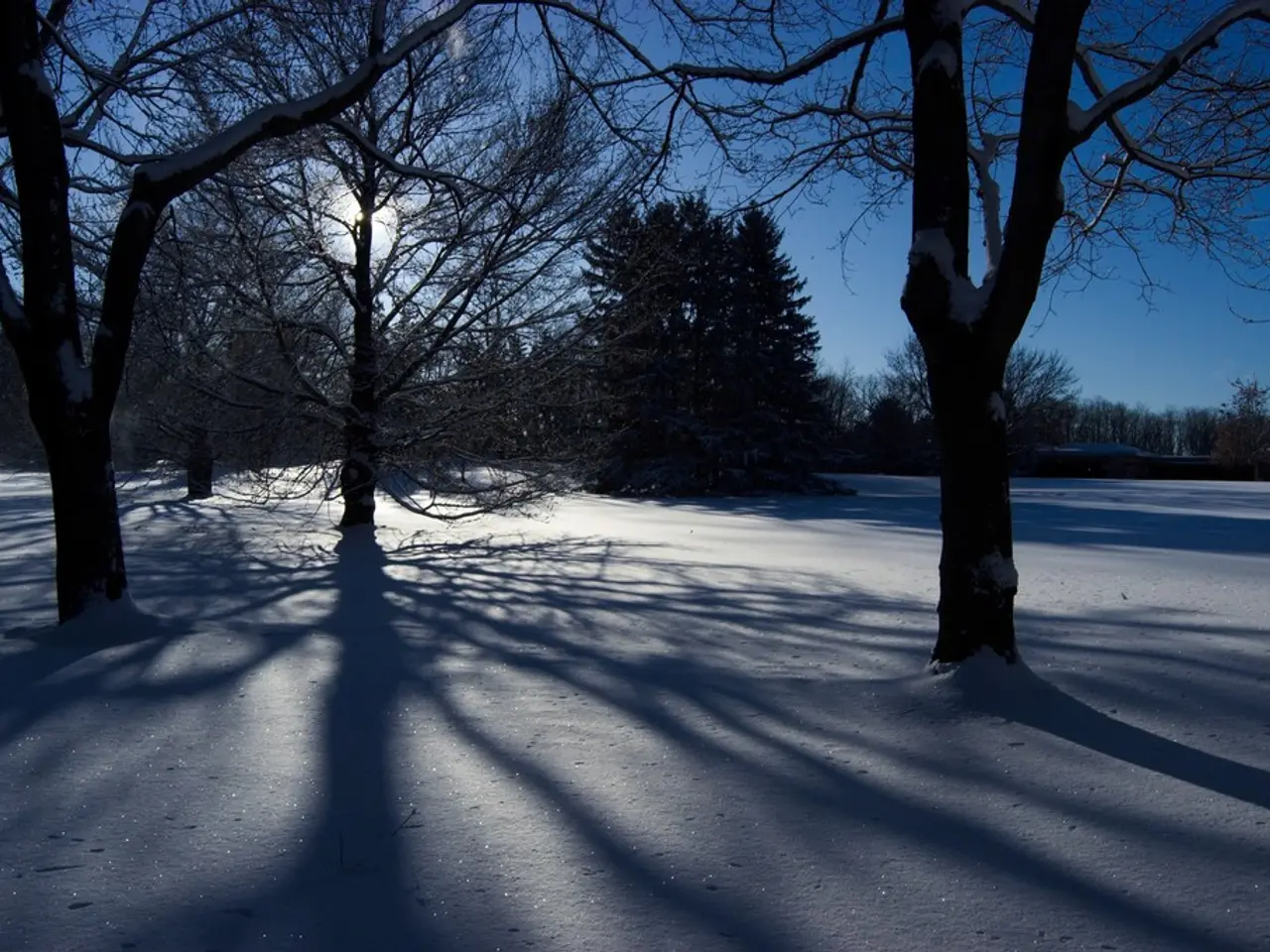Winter Rest Brings Vigor and Strength to Trees
In the colder months, taking care of your trees becomes even more important to ensure their survival and long-term health. Here are some essential tips for effective winter tree care, with a focus on young trees.
Firstly, winter tree care promotes the vitality, safety, and development of trees. Providing sufficient water is crucial during this season. Ideally, watering trees should be done when temperatures are above freezing, allowing moisture to seep into the root area. Young trees, in particular, should be watered generously to help them store nutrients for survival in winter.
During the dormant phase, pruning can be done to remove dead, broken, or diseased branches. This helps reduce stress and the risk of pests and diseases. However, heavy pruning during drought or severe stress should be avoided, as it can weaken the tree's carbohydrate reserves and resilience. It's best to perform pruning during the growing season, but immediate branch removal is necessary if there's an immediate risk of breaking.
Mulching around young trees is also beneficial. A mulch layer acts as an insulating shield, keeping the underlying soil warmer longer. However, care should be taken to avoid moisture build-up at the trunk, which can cause rot. The mulch should be kept 2–4 inches thick but should leave a 3-inch gap from the trunk.
Young trees with soft bark may benefit from a protective fleece to help regulate temperature and keep pests away. Evergreen trees should be deep-watered until winter rains start, while minimal watering should be done after rains begin to avoid dry soil.
Regular inspections during winter are essential to address hazards early. This includes watching out for frost damage, broken or heavy limbs after storms, and overwatering or waterlogging soil near roots, which can damage young trees.
Lastly, it's important to note that if a tree falls or breaks and causes damage, owners are liable unless all reasonable measures to prevent it were taken. Tree felling is often the last resort to ensure safety and should be done by a professional tree felling service.
Planning for spring care and professional assessments can ensure ongoing tree health and development. Regular monitoring for signs of pest or cold damage after storms is also essential.
By following these tips, tree owners can contribute to their stock's better survival during winter and ensure their trees continue to thrive in the years to come.
[1] Winter Tree Care Guide for Young Trees. (n.d.). Retrieved from [link]
[2] The Importance of Winter Tree Care. (n.d.). Retrieved from [link]
[4] Winter Tree Care: A Comprehensive Guide. (n.d.). Retrieved from [link]
Enhancing the lifestyle and maintaining the long-term health of young trees during winter involves watering them generously to help them store nutrients, pruning them carefully to avoid stress and disease, and mulching around them as an insulating shield. Additionally, home-and-garden enthusiasts might consider gardening techniques like protecting young trees with soft bark with a fleece and adopting watering strategies that cater to different tree species, such as deep-watering evergreen trees until winter rains begin.




